Pruning Your Air Plants
We all love air plants for their low maintenance nature but as with any plants you may want to trim or prune them periodically to maintain their beauty. We get lots of questions about how and when one should prune these unique plants so we have put together some tips to help you keep you air plants looking their best and identify any issue.
Dead Leaves:
It is natural as an air plant grows or acclimates to a new or changing environment for it to lose some leaves as new ones are produced. As with any living plant, some dead leaves are normal and don’t necessarily mean that your plant has a problem. You might see some leaves towards the base of your air plant that have wilted or dried up, and these leaves can be removed by pulling gently on them. Be cautious when removing dead leaves as sometimes a pup will be growing under the shelter of one of these leaves, in which case it’s good to leave the leaf on until the pup has grown to about 1/3 the size of the mother plant and can be safely removed.
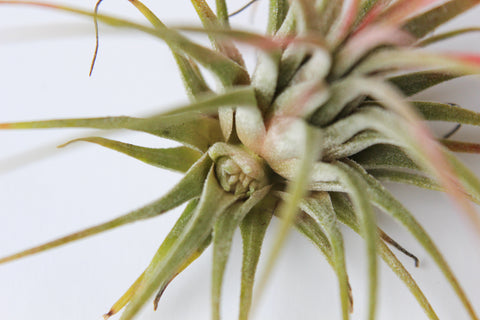
A tiny pup develops beneath some leaves at the base of this Tillandsia ionantha.
Browning Leaf Tips:
You may notice that your airplant also has a slight browning on its leaf tips. This could be an indication of too much light or too little water. This is common in the more “wispy” varieties such as the ionatha or argentea. You can carefully trim away these browning tips without harming the plants. A good rule of thumb: don’t trim the air plant leaf straight across but instead tilt the scissors and trim at an angle for a more natural look. If your air plants leaves are browning or starting to curl, this can be an indication that they need more water and/or lower levels of light so we also recommend “listening” to your air plants and adjusting your care accordingly. Some xeric varieties like the xerographica and streptophylla can have curly leaves naturally, depending on the amount of water given and the type of environment they are in (read our post on mesic vs xeric air plants).
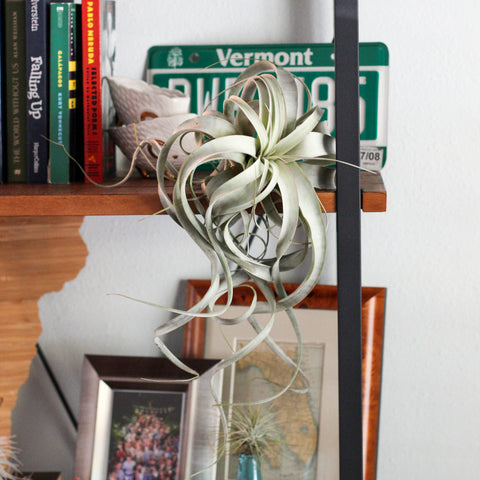
The Tillandsia xerographica has leaves that will natrually curl and cascade, the shape and curl depending on their hydration, environment, and how they are displayed.
Broken Leaves:
It is not uncommon for air plants, like all living plants, to have a broken or damaged leaf here and there. These plants are still perfectly healthy and the broken leaves can be trimmed at an angle to clean up the look of the plant. Take care when trimming or pruning the leaves of your air plant, making sure not to cut off too much of the length of the healthy leaves. While hardy and tolerant, cutting the air plant’s leaves down too much will reduce the surface area for the plant to absorb its nutrients.
Air Plant Roots:
Tillandsia (air plants) are epiphytes, meaning they gain their nutrients from trichomes 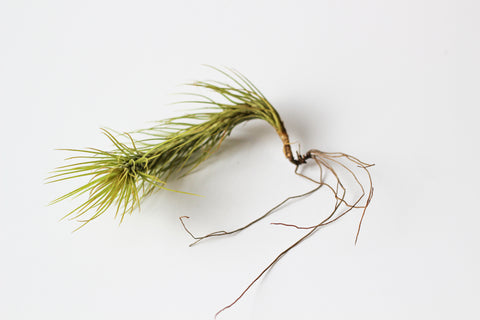 on their leaves, and use their roots to anchor or attach themselves to a tree limb or rock. Because their roots are not used for nutrient intake, they technically do not need the roots to survive. When kept as houseplants, you can trim off these roots for aesthetic purposes or you can use them to help anchor the plant on a wreath or a frame. If you do decide to trim the roots, again take care to trim only the roots and not cut into the base of the air plant itself.
on their leaves, and use their roots to anchor or attach themselves to a tree limb or rock. Because their roots are not used for nutrient intake, they technically do not need the roots to survive. When kept as houseplants, you can trim off these roots for aesthetic purposes or you can use them to help anchor the plant on a wreath or a frame. If you do decide to trim the roots, again take care to trim only the roots and not cut into the base of the air plant itself.


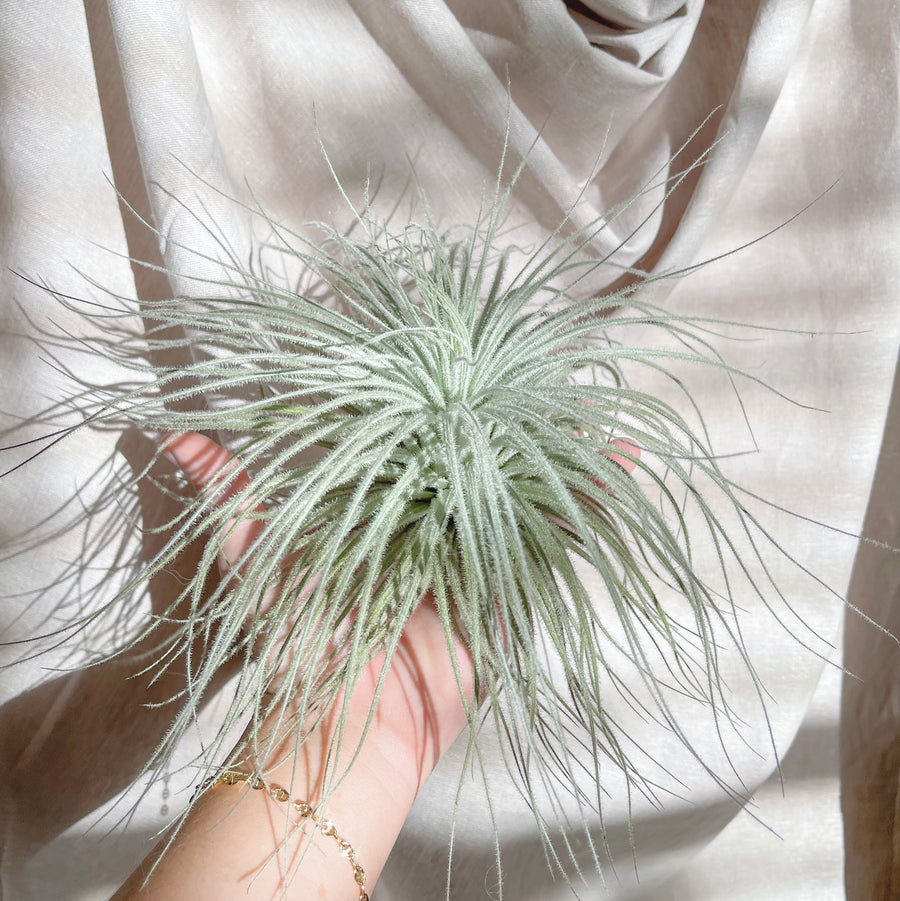
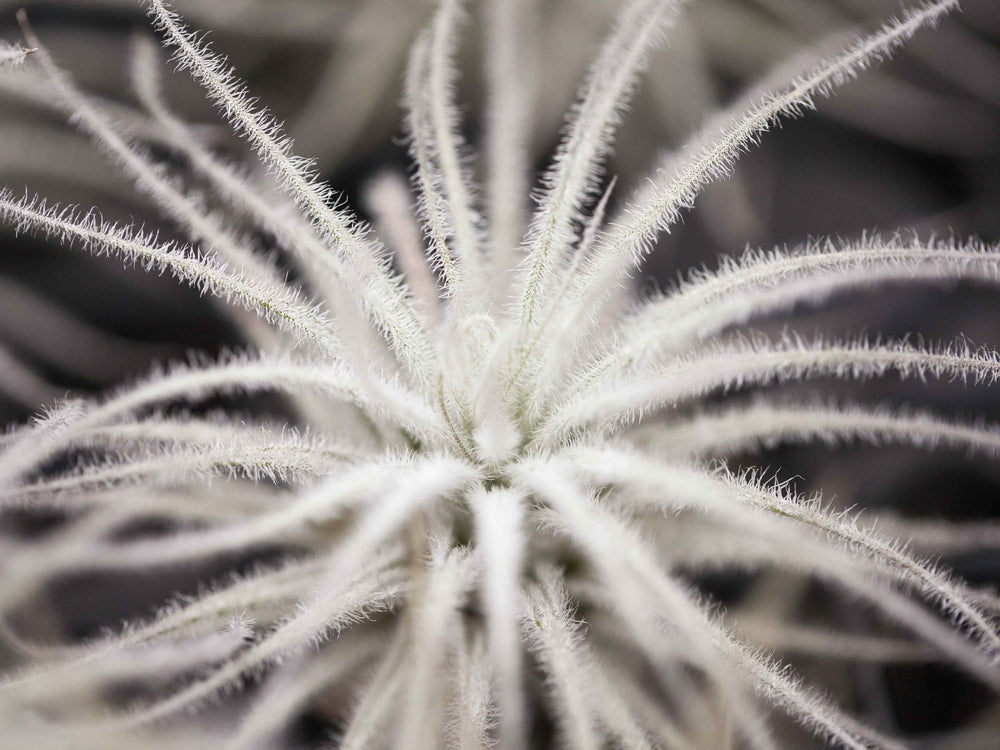
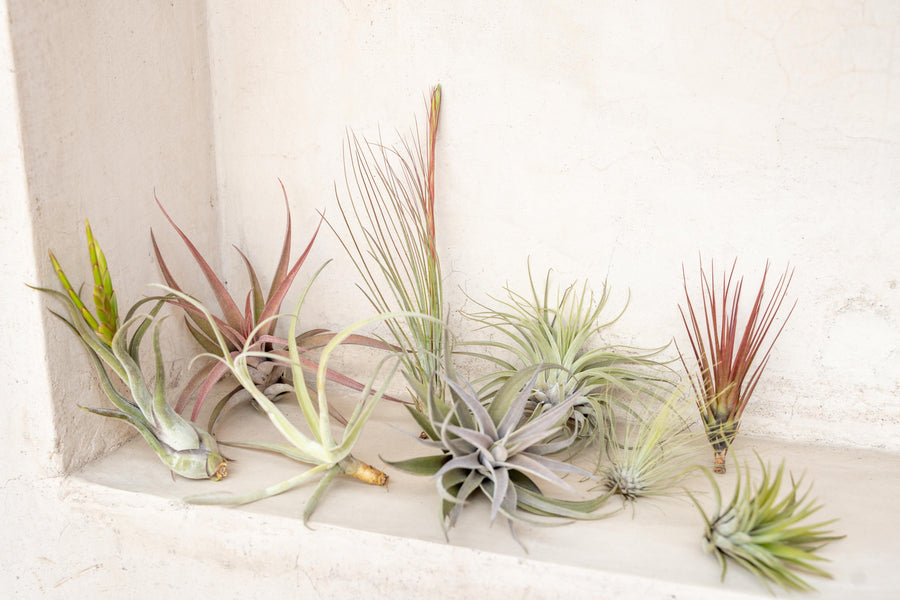
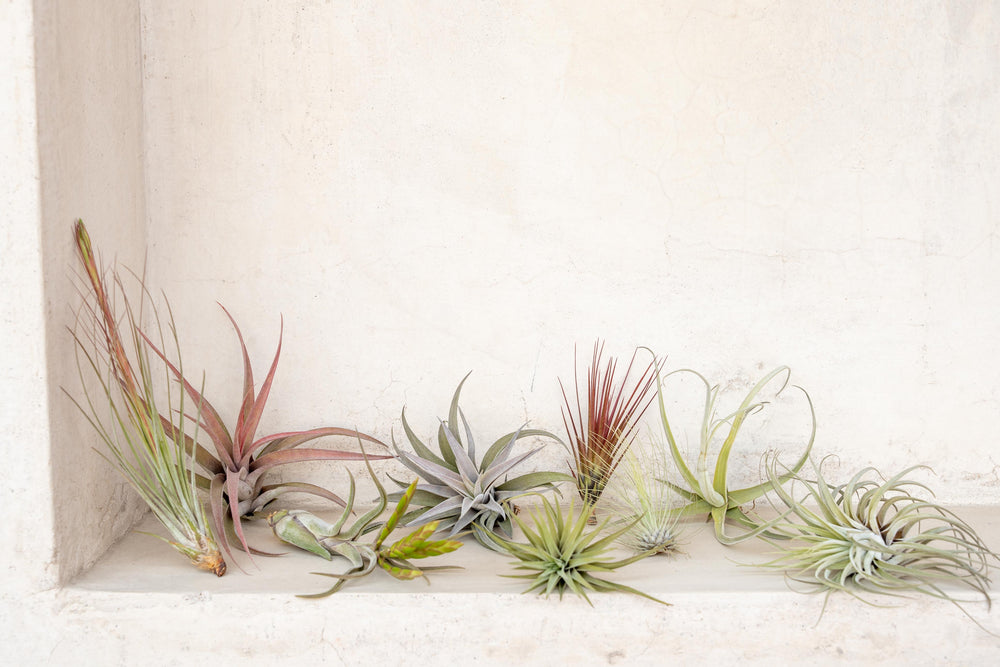
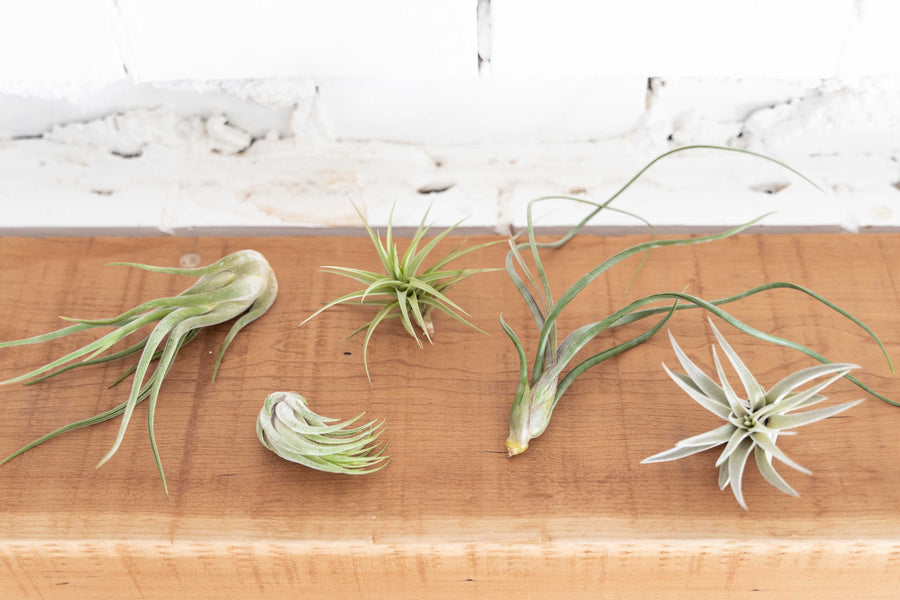
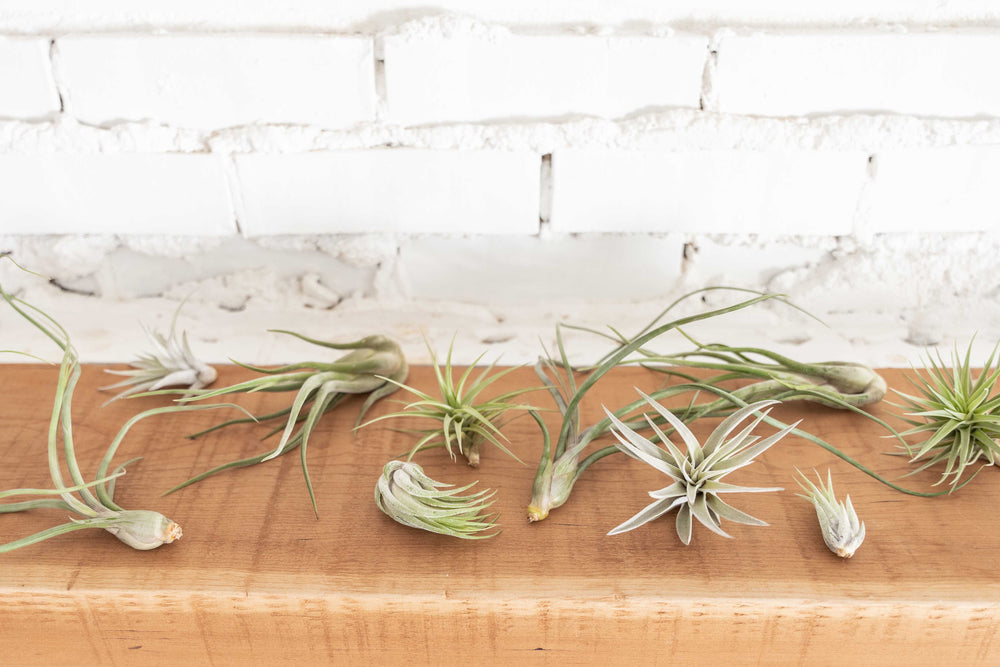
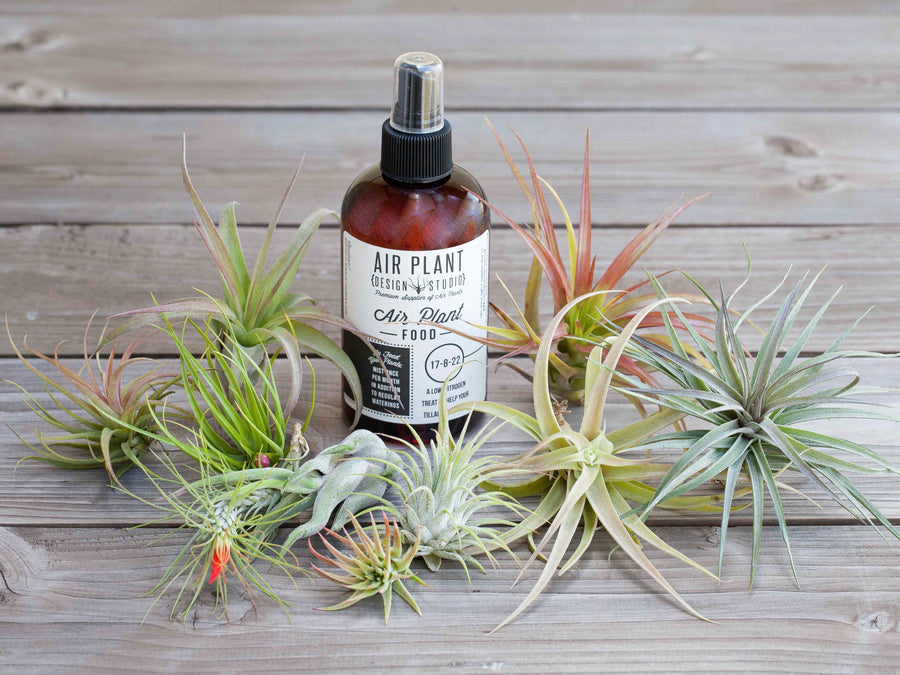
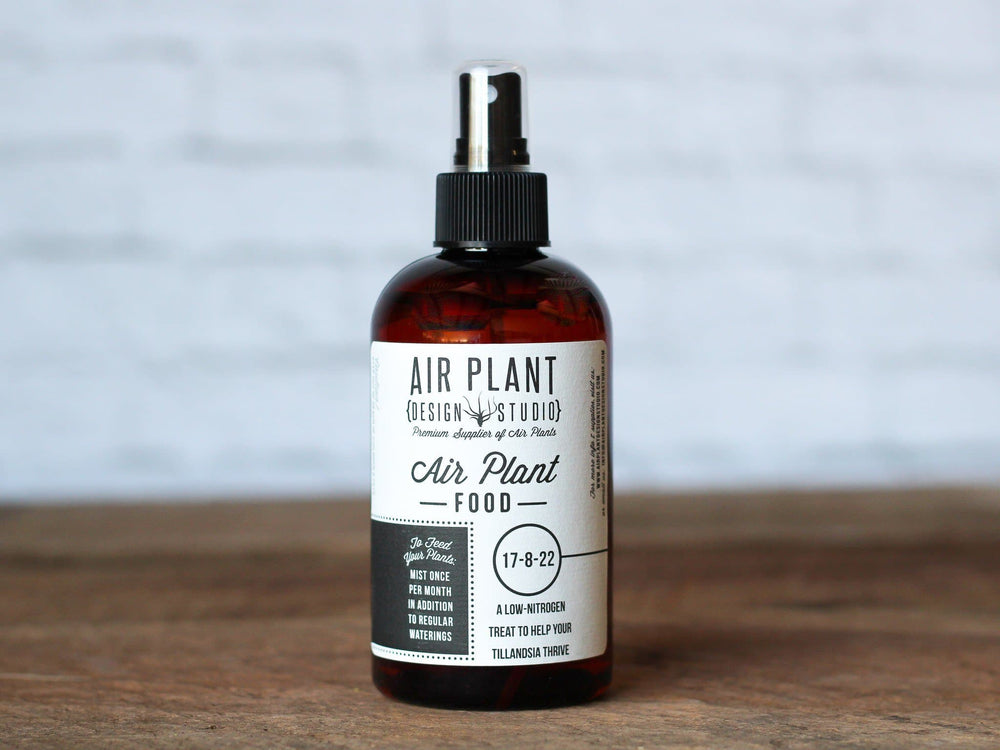
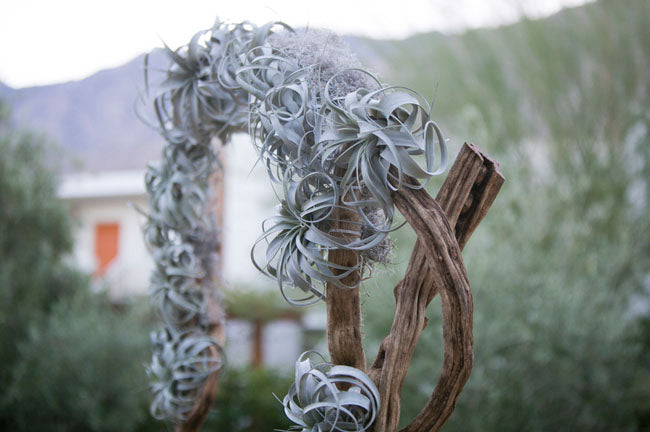
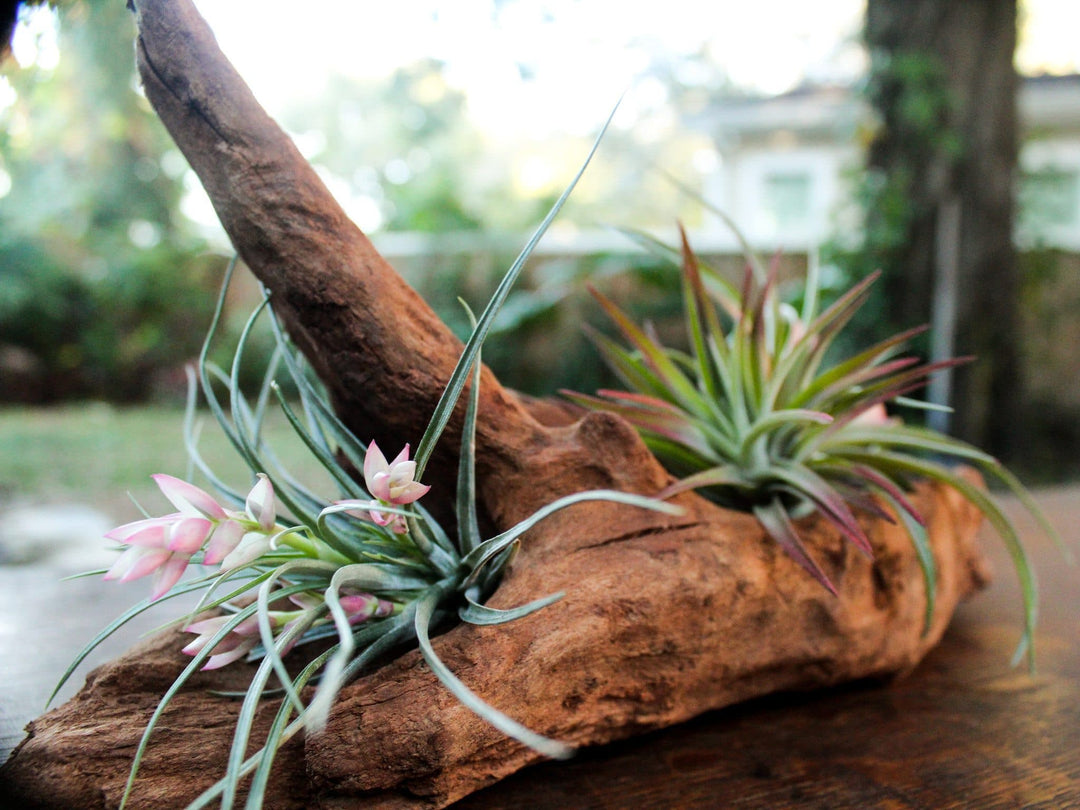
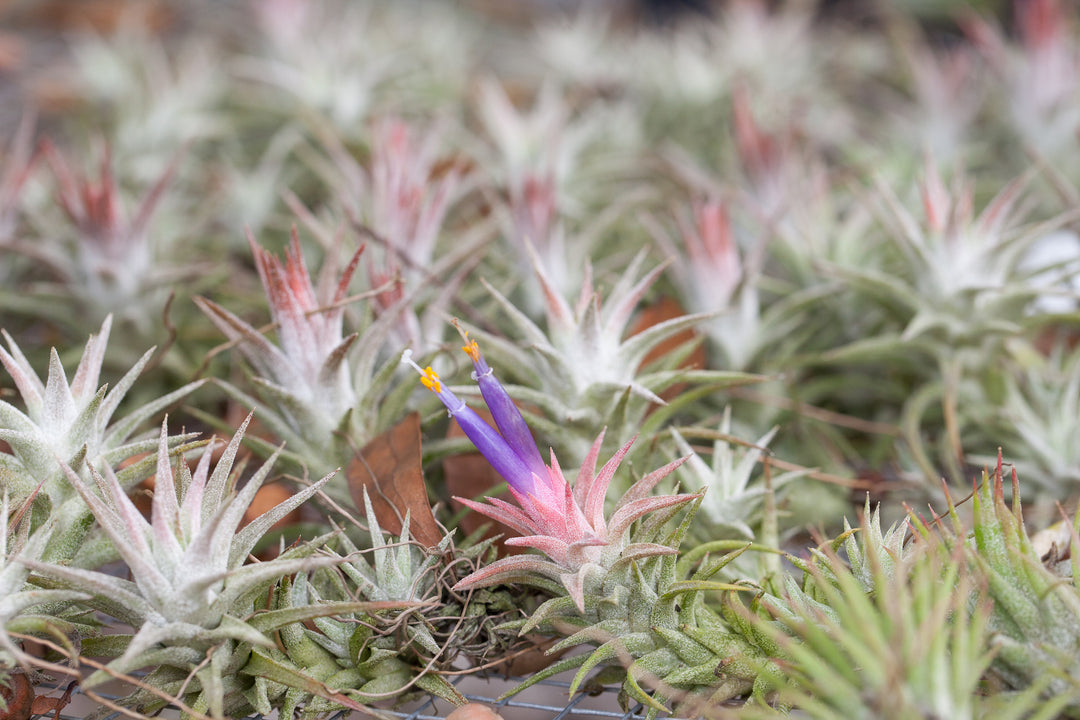
I love these air plants
I’ve recently discovered air plants and I’m so in love with them! It’s amazing how many people don’t know about them, they’re great little plants. I got some good information from you, but I do have a question, one of my plants has gone through it’s flowering stage, and I read somewhere that you should cut the flower down near the bottom of the stem to promote pups. Is this true? The part where the flowers were are now kind of brown and I think it would look nicer if I did trim it off, but I don’t want to hurt the plant.
The more I learn from you Ryan – the more I love these air plants! Have plans for them inside this winter and outside this coming summer. Needing to buy more larger ones!!! Love them!
Leave a comment